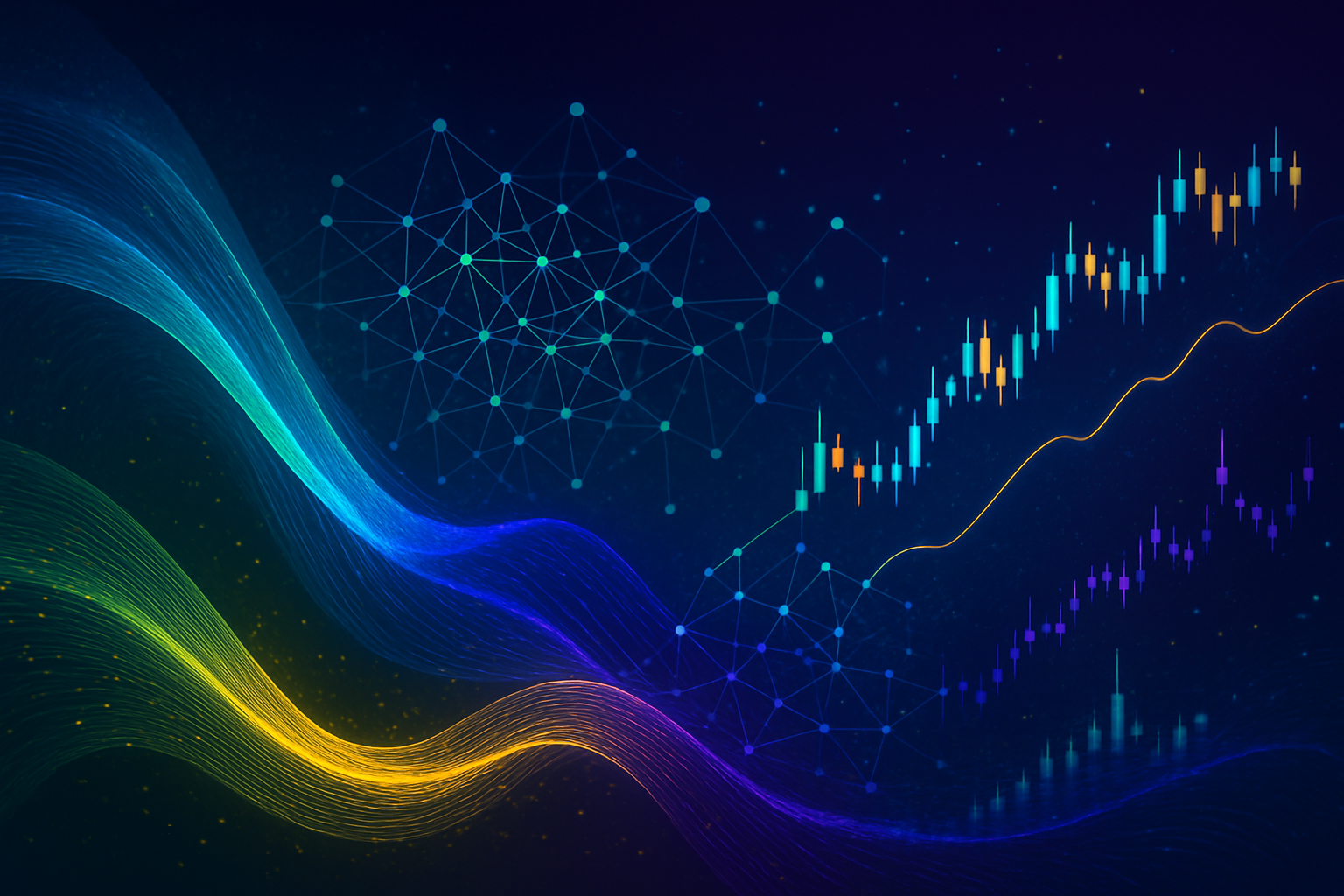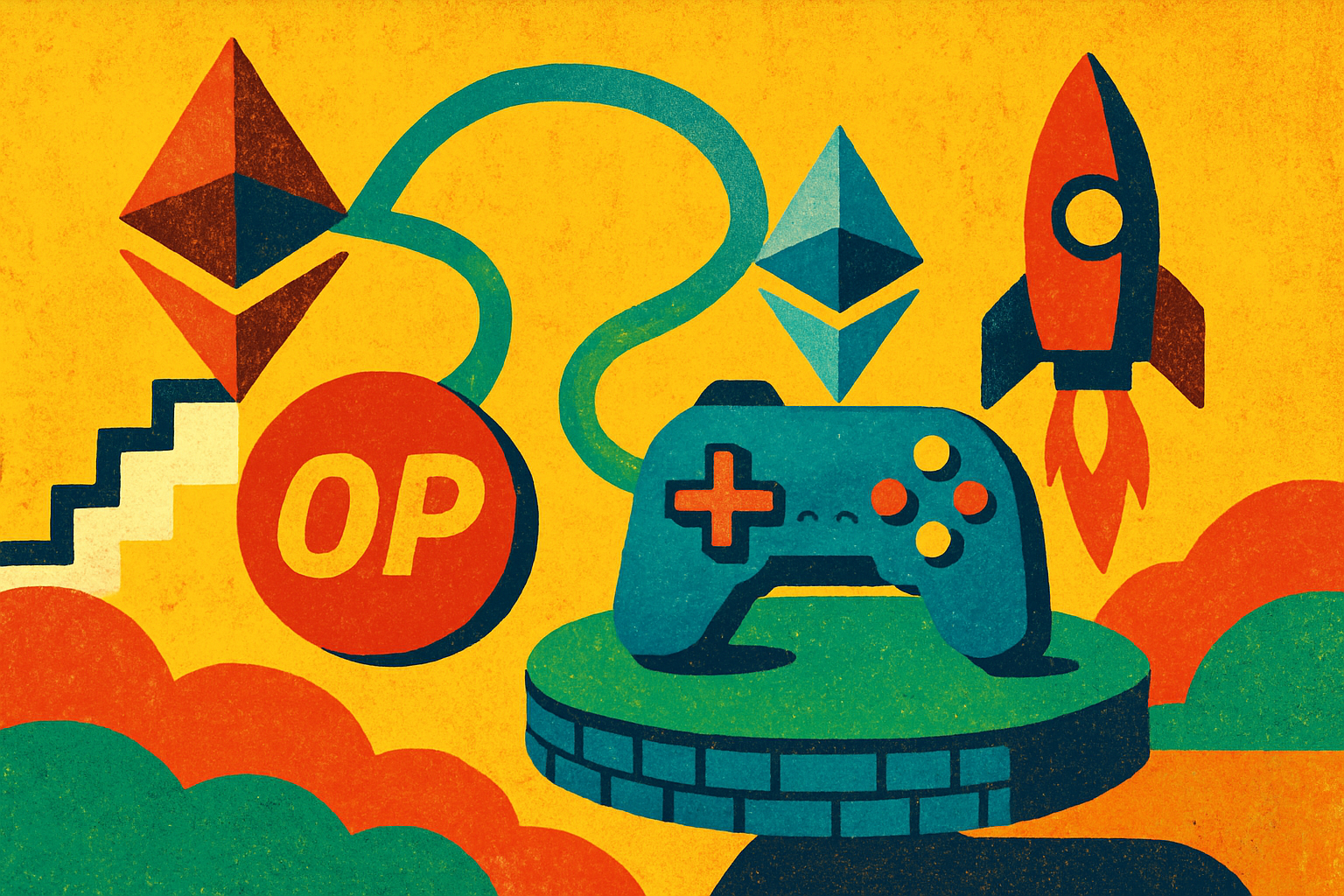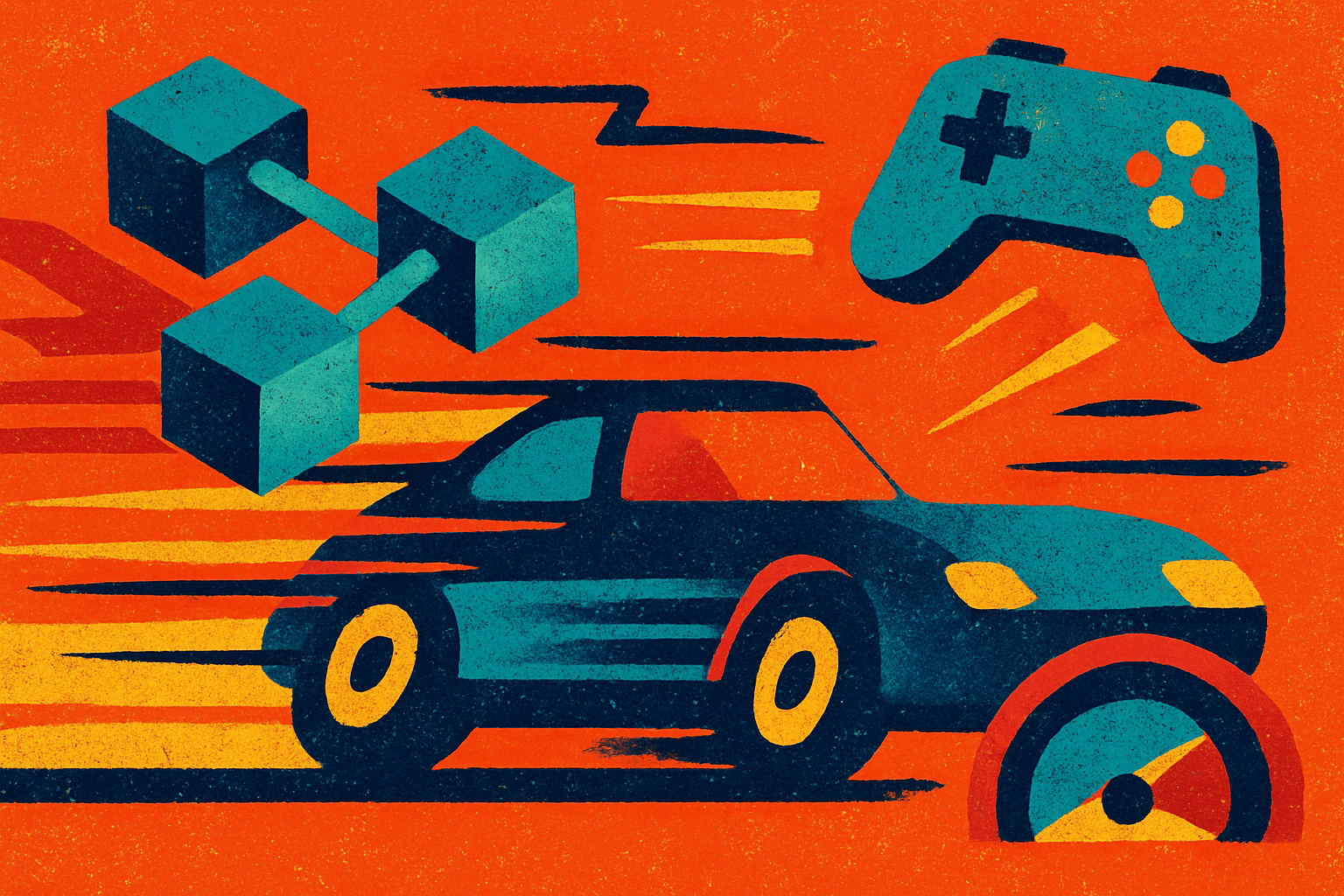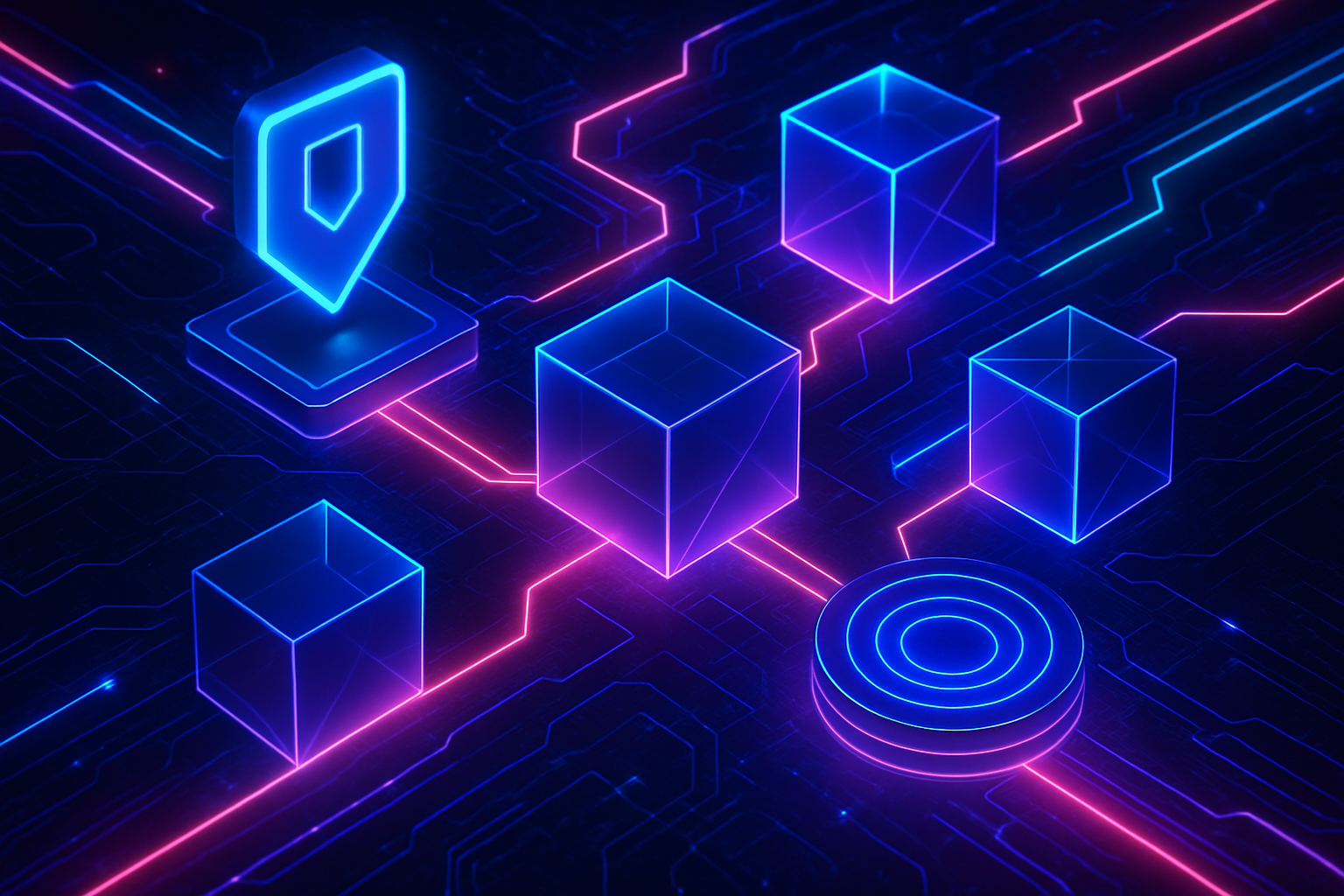
In the rapidly evolving world of Web3 gaming, speed and scalability are no longer optional, they are the foundation for immersive experiences and sustainable ecosystems. Ronin Network, long known as the backbone behind Axie Infinity, is now setting a new standard by integrating zkEVM technology on the OP Stack. This strategic move enables sub-200ms transaction finality and paves the way for high-throughput gaming applications that rival traditional platforms in responsiveness.
Ronin zkEVM OP Stack: The Engine Behind Lightning-Fast Finality
At its core, the Ronin zkEVM leverages zero-knowledge proofs within an Ethereum Virtual Machine-compatible environment. By building on Optimism’s OP Stack, Ronin creates a modular Layer 2 solution designed specifically for games that demand instant feedback and seamless asset movement. The result? Block times between 100 to 200 milliseconds, a milestone that positions Ronin as a leader in transaction speed across all Layer 2 gaming blockchains.
This technical leap means developers can now build games where every in-game action, from NFT trades to token swaps, settles nearly instantly, eliminating frustrating wait times for players. For flagship titles like Pixels Online and CyberKongz, this translates into gameplay that feels native and frictionless, even when interacting with on-chain assets.
The Homecoming: Ronin’s Migration to Ethereum Via OP Stack
The integration of the OP Stack is more than just a speed upgrade. By joining Optimism’s Superchain network, Ronin cements its place within Ethereum’s security umbrella. This means permissionless verification anchored directly to Ethereum mainnet, giving both developers and players confidence that their assets are protected by battle-tested cryptography.
This migration also unlocks up to $7 million in milestone-based grants from the Optimism Foundation, Eigen Labs, and Boundless Foundation, a significant catalyst for developer engagement and ecosystem growth. The synergy between security, incentives, and performance creates fertile ground for next-generation Web3 games to flourish.
Scalability Without Compromise: One Million TPS and Low Gas Fees
Historically, blockchain games have been hamstrung by network congestion and prohibitive gas costs. With zkEVM-powered scalability, Ronin can now support up to one million transactions per second (TPS) while maintaining low gas fees across both Layer 1 and Layer 2 chains. This breakthrough is especially relevant as player counts surge in popular titles like Pixels Online, ensuring that even at peak loads, every transaction clears quickly without spiking costs.
The current price of RON stands at $0.4685, reflecting market confidence in these technological upgrades despite recent volatility (24h high: $0.4752; low: $0.4614). As adoption accelerates among both developers and gamers, this price point will be closely watched as an indicator of overall ecosystem health.
A Unified Gaming Ecosystem: Seamless Interoperability and Asset Transfers
The power of Ronin’s architecture goes beyond raw speed or cost efficiency. By enabling effortless asset transfers, token swaps, and NFT trading across its L1 and L2 games, all within an EVM-compatible environment, Ronin fosters a truly unified gaming ecosystem. Developers gain access to robust tooling via the Polygon Chain Development Kit (CDK), while players enjoy uninterrupted experiences regardless of where their assets reside.
This interoperability not only reduces fragmentation but also opens new avenues for cross-game economies and collaborative gameplay models previously impossible on legacy chains.
For both indie studios and established developers, this means the freedom to launch and scale ambitious projects without being hampered by technical bottlenecks. The Ronin Network’s zkEVM OP Stack is designed to handle surges in user activity, think viral game launches or NFT drops, without sacrificing end-user experience or security. As a result, Ronin is rapidly becoming the preferred Layer 2 gaming blockchain for those seeking to build resilient, scalable Web3 games.
Key Benefits of Ronin zkEVM OP Stack for Gaming
-
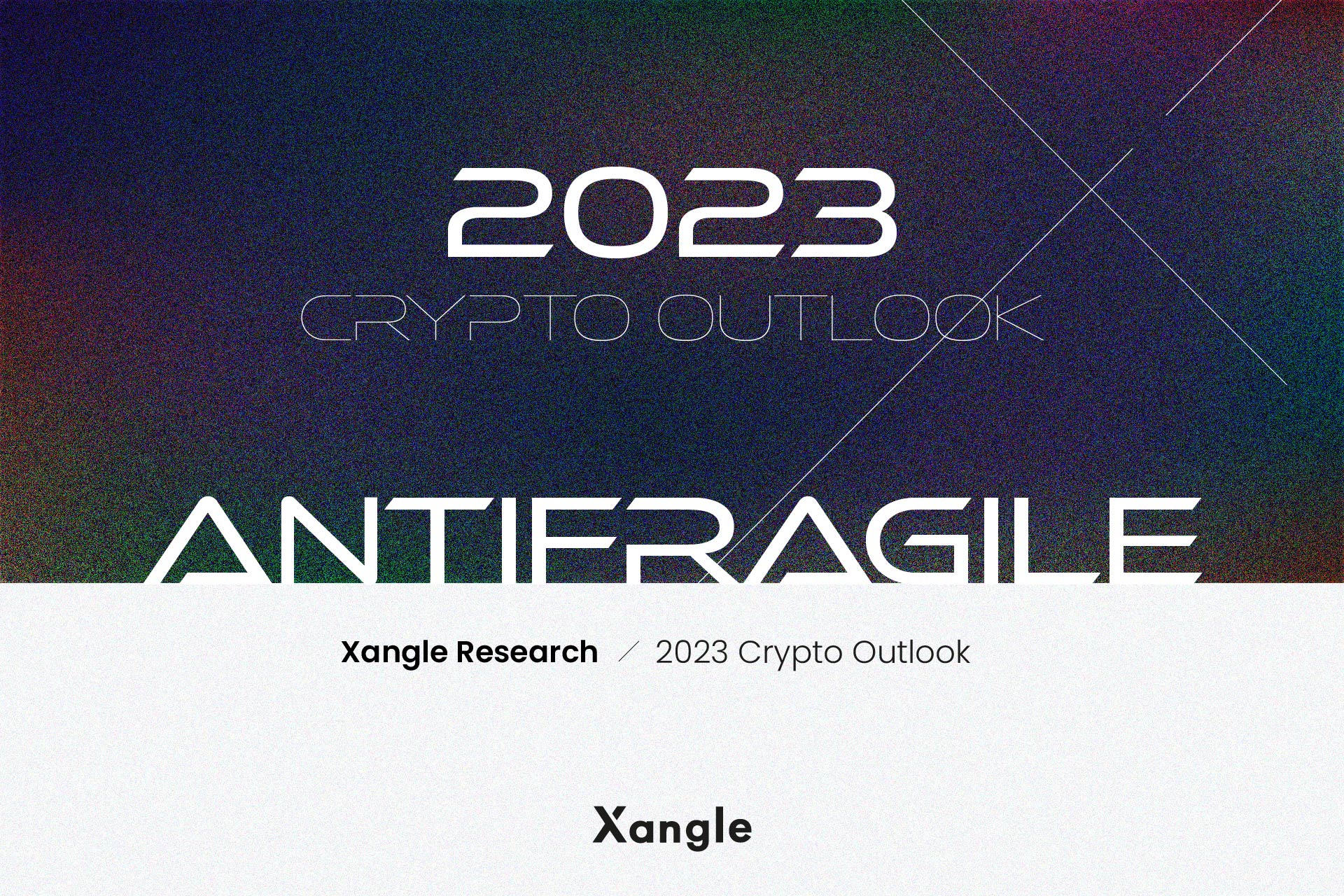
Lightning-Fast Transaction Finality: Ronin zkEVM on the OP Stack delivers sub-200ms block times, enabling near-instant in-game actions and seamless user experiences for both developers and players.
-
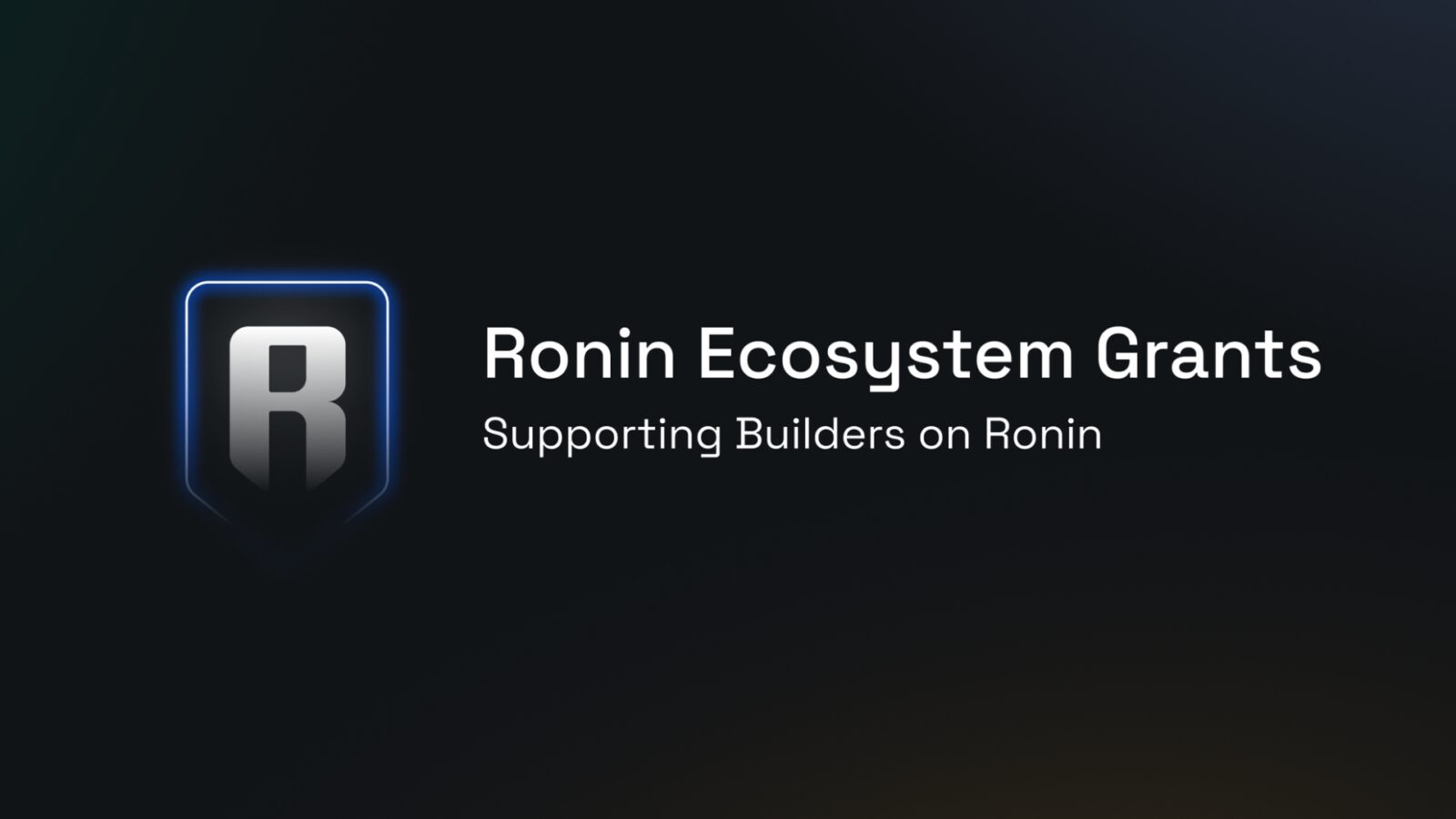
Massive Scalability: The network can handle up to one million transactions per second, eliminating congestion and supporting large-scale multiplayer games without performance bottlenecks.
-
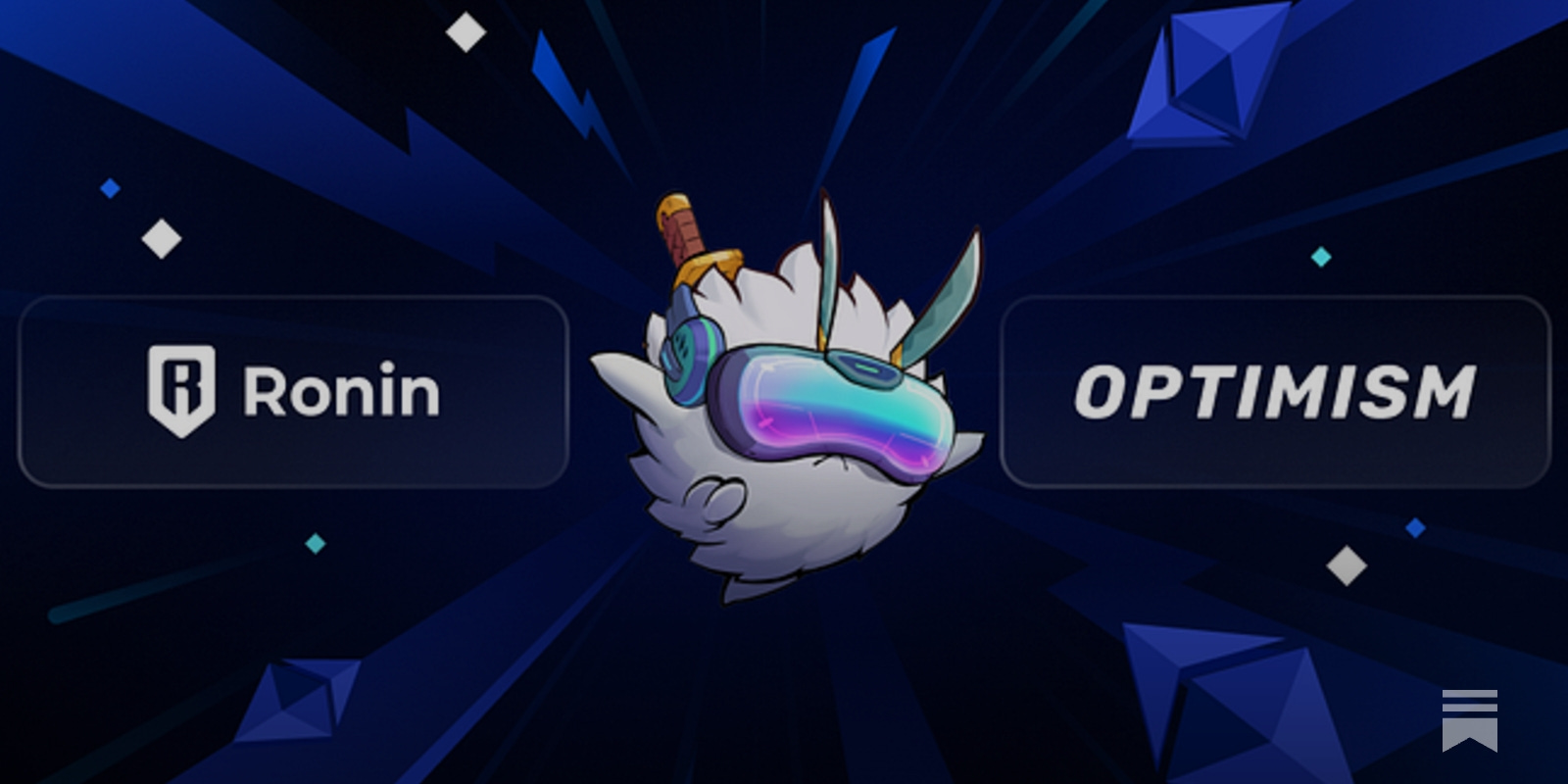
Ethereum-Grade Security: By leveraging the OP Stack, Ronin anchors its security to Ethereum’s robust framework through permissionless verification, protecting players’ assets and game economies.
-
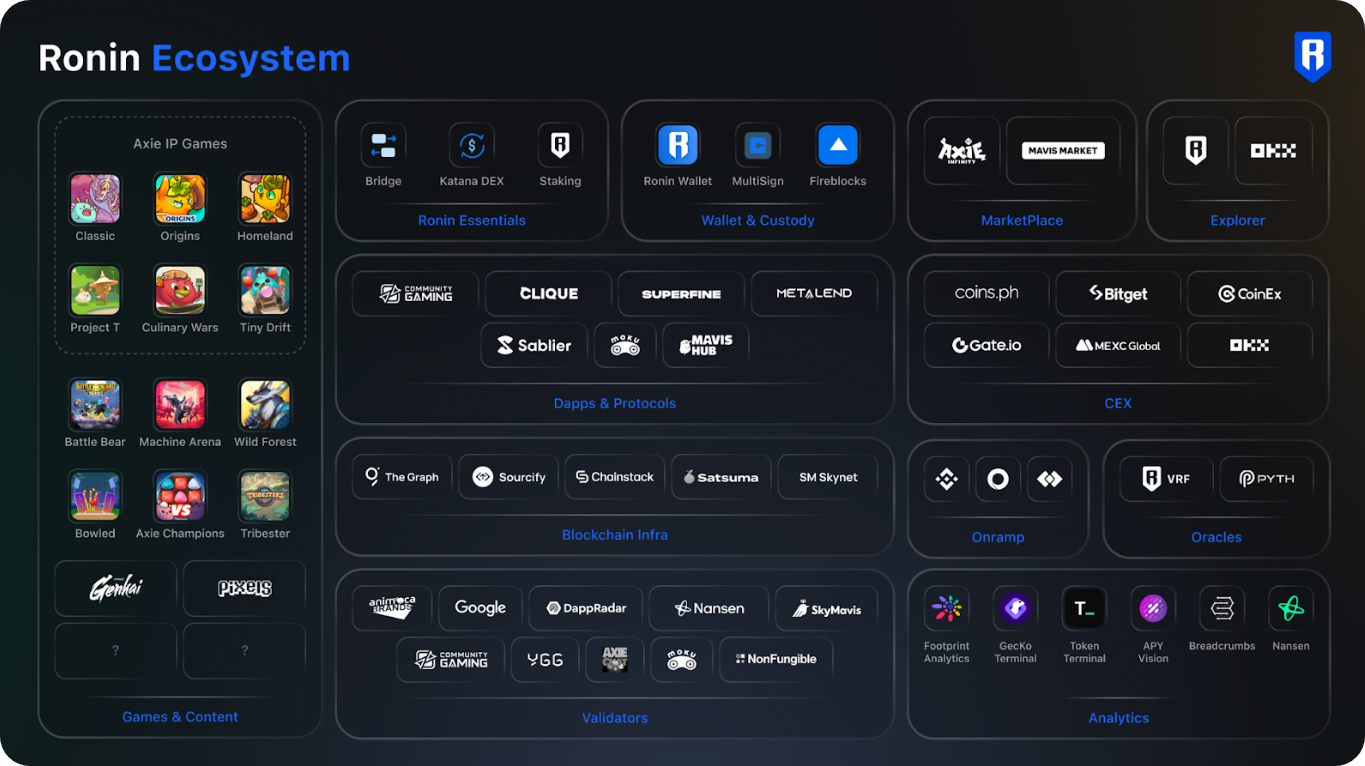
Unified Gaming Ecosystem: Developers can create their own Layer 2 chains on Ronin, enabling effortless asset transfers, token swaps, and NFT trading across L1 and L2 games.
-
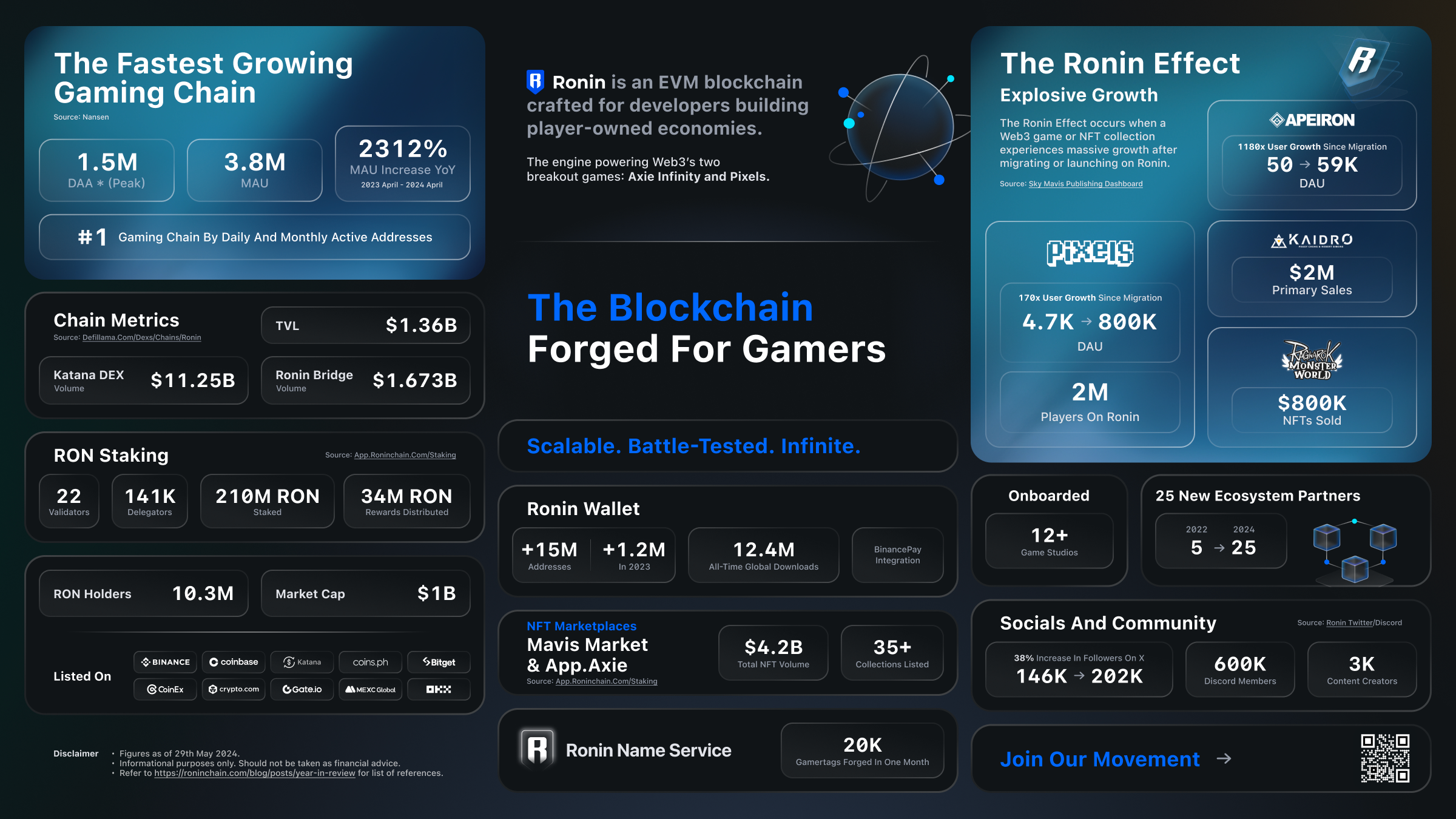
Low Gas Fees: The integration of zkEVM technology ensures minimal transaction costs, making in-game purchases and NFT trades affordable for all players.
-
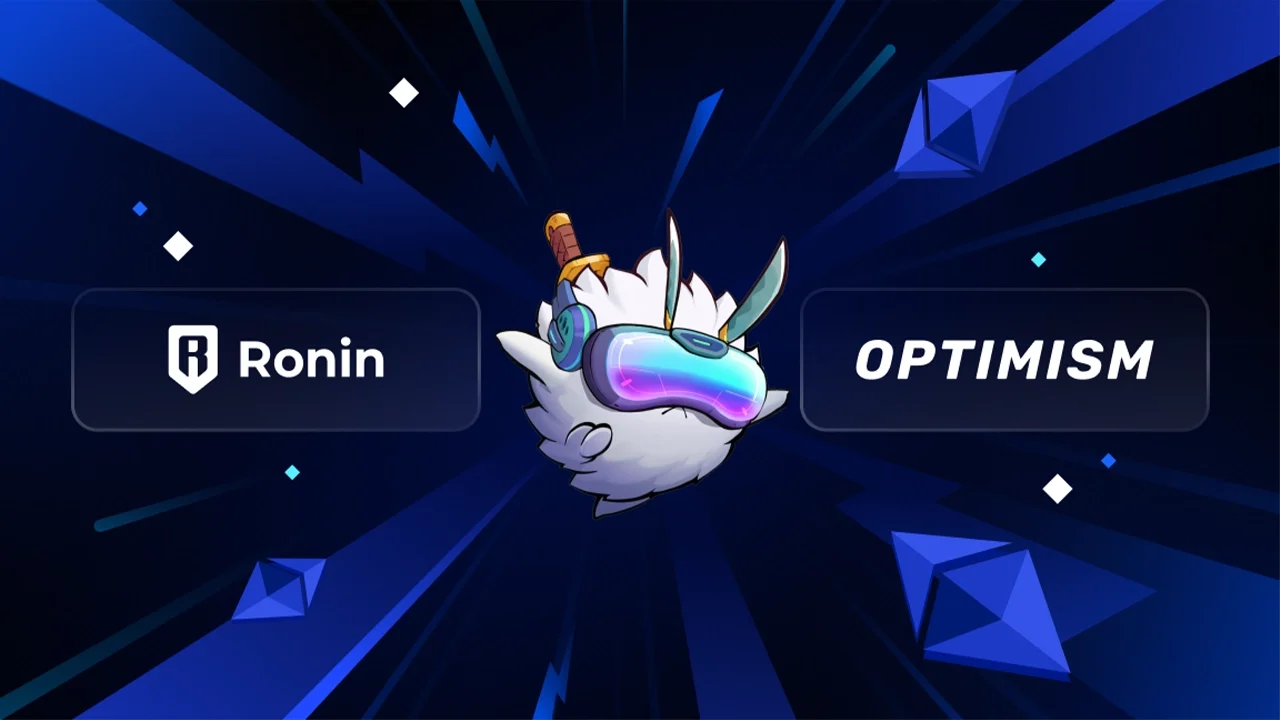
Developer Incentives: Migration to the OP Stack unlocks up to $7 million in milestone-based grants from the Optimism Foundation, Eigen Labs, and Boundless Foundation to support game development and ecosystem growth.
-
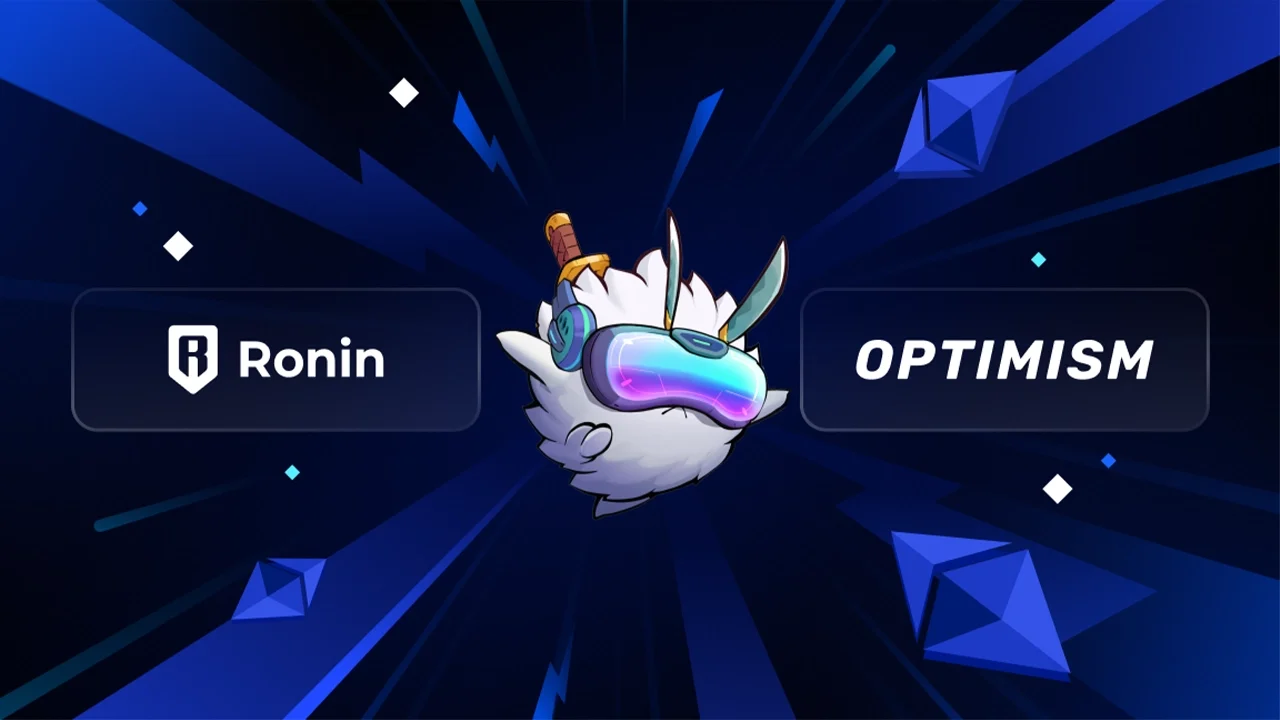
Seamless Ethereum Interoperability: Ronin’s alignment with the Optimism Superchain enables smooth movement of assets, dApps, and users between Ronin and the broader Ethereum ecosystem.
Security, too, remains paramount. By anchoring its Layer 2 chains directly to Ethereum through the OP Stack’s permissionless verification model, Ronin ensures that every transaction benefits from Ethereum-grade security standards. This not only protects player assets but also reassures institutional partners and IP holders looking to enter the blockchain gaming space.
What’s Next: Expanding Horizons for Web3 Gaming
The roadmap ahead is ambitious. With zkEVM technology now live, developers can leverage Ronin’s infrastructure to create custom L2 chains tailored for specific game economies or genres. This flexibility empowers teams to experiment with novel mechanics, such as real-time PvP battles with on-chain rewards or interoperable NFT collections spanning multiple titles, without worrying about latency or throughput limitations.
Community engagement is also set to deepen as more players discover the advantages of sub-200ms finality and low gas fees. The seamless experience encourages mainstream adoption, driving higher retention rates and more dynamic in-game economies. Projects like Pixels Online and CyberKongz are already showcasing what’s possible when technical constraints are removed from game design.

For those tracking market sentiment, RON’s current price at $0.4685 serves as a real-time barometer for ecosystem momentum as these upgrades roll out. The ability for users to move assets quickly and cheaply across games, and even between Layer 1 and Layer 2, positions Ronin as a foundational pillar in the next wave of blockchain-powered entertainment.
The era of slow, expensive blockchain gaming is ending. By pushing technical boundaries with zkEVM on the OP Stack, Ronin Network isn’t just keeping pace with industry demands, it’s setting them. As more developers onboard and flagship games go live, expect the conversation around Web3 gaming to shift from what’s possible to what’s next.

